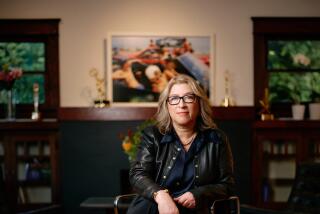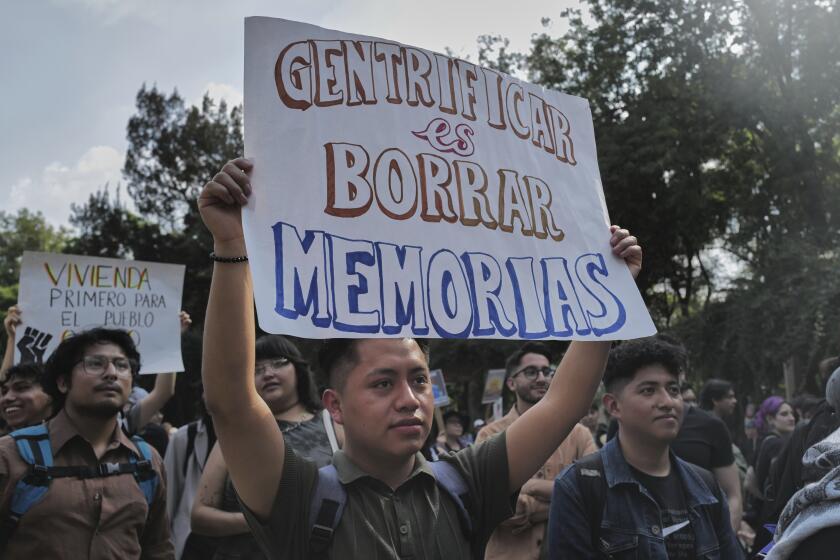Video Attempt at Straight Talk About Drugs Gets Mixed Reviews
- Share via
When it comes to talking about drugs, nothing goes in one ear and out the other faster than the exhortations of parents and other authority figures.
If anyone’s going to reach teenagers, it’s other teenagers, which is the assumption behind “Straight Scoop: Kids Talking to Kids About Drugs.” The half-hour documentary sponsored by the White House Office of National Drug Control Policy was screened for about 460 Hamilton High School students Thursday.
Part of the office’s $1-billion anti-drug media campaign, the video represents an acknowledgment that kids don’t respond well to paternalistic lecturing.
As an adult, “you have no standing in their community,” said Miriam Ojeda, a Hamilton High health and biology teacher who helped coordinate the screening. “They don’t look upon adults as mentors. They look upon each other as mentors.”
The project, produced by broad band company MediaOne, involved six high school students traveling to several Southeastern cities, conducting candid interviews with teenagers. The winner of a 1999 Telly Award--given to non-network TV productions--”Straight Scoop” will air at schools and on local MediaOne cable channels.
Reviews were mixed Tuesday. In a brief question-and-answer session with two of the student interviewers--who flew cross country to attend the West Coast “premiere”--one Hamilton student asked why the documentary focused on “soft” drugs like marijuana. The video made no mention of substances like ecstasy or heroin.
Students also said they wished there had been more graphic depictions of the consequences of drug use, like a segment in which a boy shows off the gruesome third-degree burns he received from trying to inhale Freon, a coolant used in refrigerators and air conditioners.
“I don’t care if it’s painful to see,” said Erica McClellan, 17, a Hamilton senior. “If kids look at stuff like that, they would think twice about [using drugs]. They need to show people [overdosing]. They need to show people dying.”
One of the student interviewers said some of the harder-hitting material was edited out. “There was a lot of shocking, real-world stuff that I guess they didn’t want to put in,” said Osmel, whose last name was not released. He said the target audience included junior high and elementary school children.
In one scene, the filmmakers talk about the difficulty of getting teenagers to open up about their own drug experiences, particularly given the possibility that their confessions might be broadcast nationwide.
That same reluctance was evident during a post-screening discussion with Ojeda’s health class, moderated by NBC-TV reporter David Cruz, at which a smattering of teachers and parents were also present. Asked to share some of their experiences, students responded with silence.
Later, McClellan said students were too conscious of saying the right thing with all the adult eyes in the room. “They’re all saying they’re staying drug-free. I’m pretty sure half the class has tried some kind of drug,” she said. “They’re just putting on a front.”
“I think if they had been more real in that movie, they would have been more real in here,” said senior Chanel Woods, 18.
The cynicism is understandable, given the reality of teenage drug use--though as the White House office says in “Straight Scoop,” more than 50% of teenagers say they have never tried marijuana.
“Students are bombarded with temptation. It’s all around here. People drive around [the Hamilton campus] selling drugs to kids out of their cars,” Ojeda said. Nonetheless, she thought that “the kids really responded favorably to [the video]. They can identify with it.”
As one student says in the video, they’re tired of adults talking at them--not with them.
“If parents stopped trying to act like parents and tried being somebody’s friend,” McClellan said, “it would help teenagers out a lot.”
More to Read
Sign up for Essential California
The most important California stories and recommendations in your inbox every morning.
You may occasionally receive promotional content from the Los Angeles Times.













